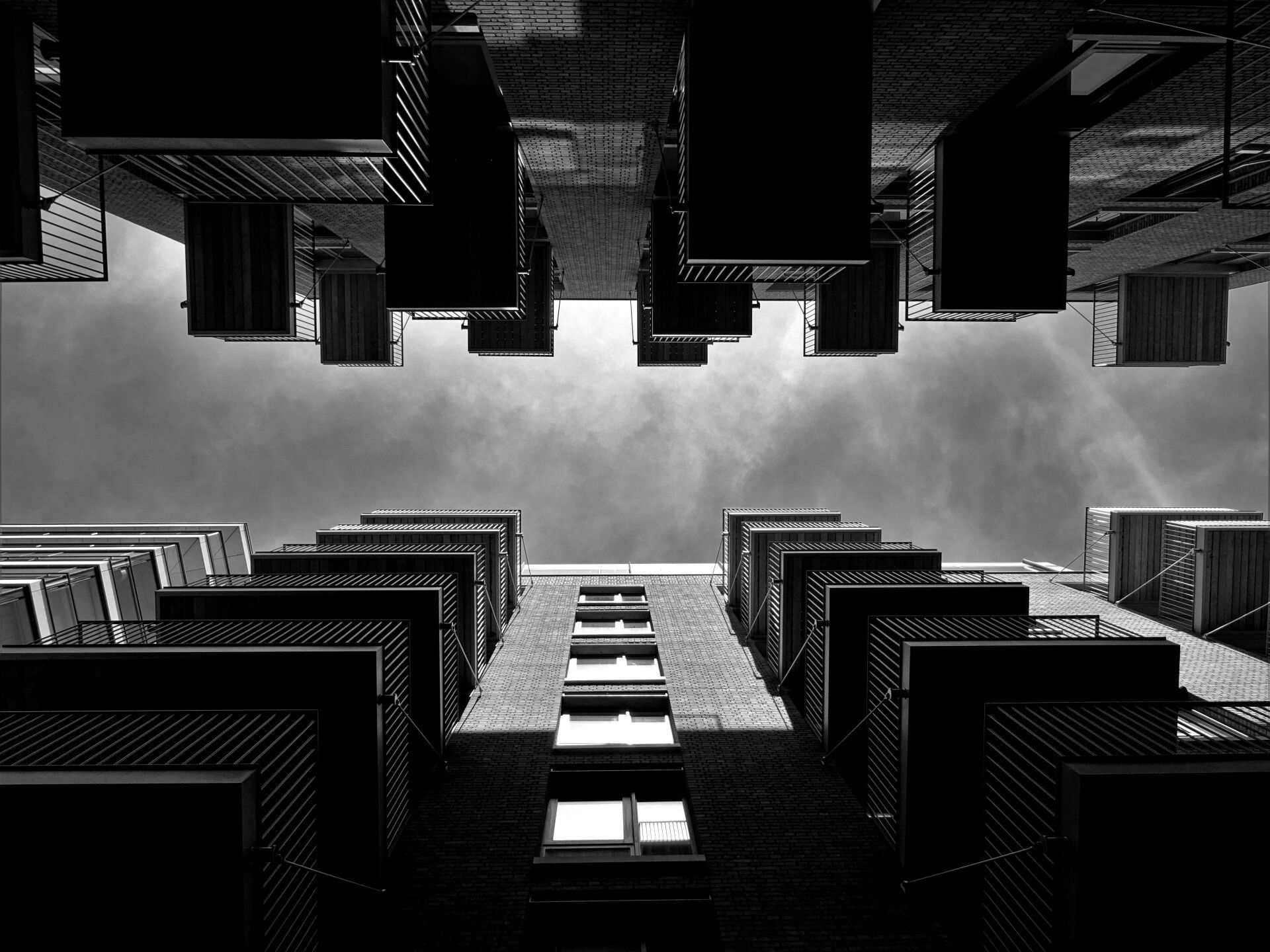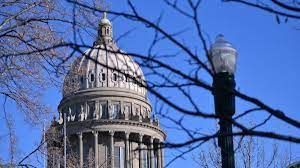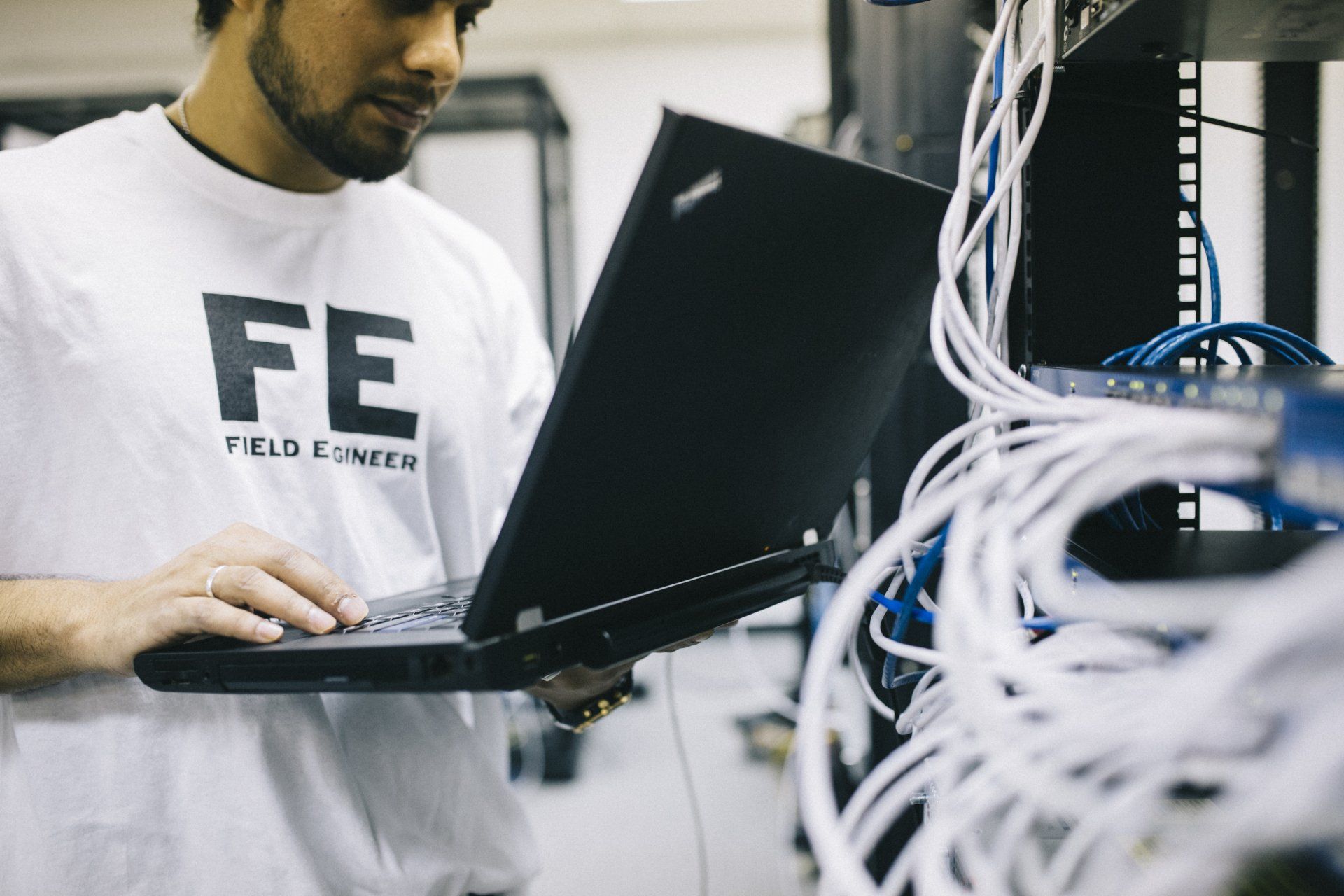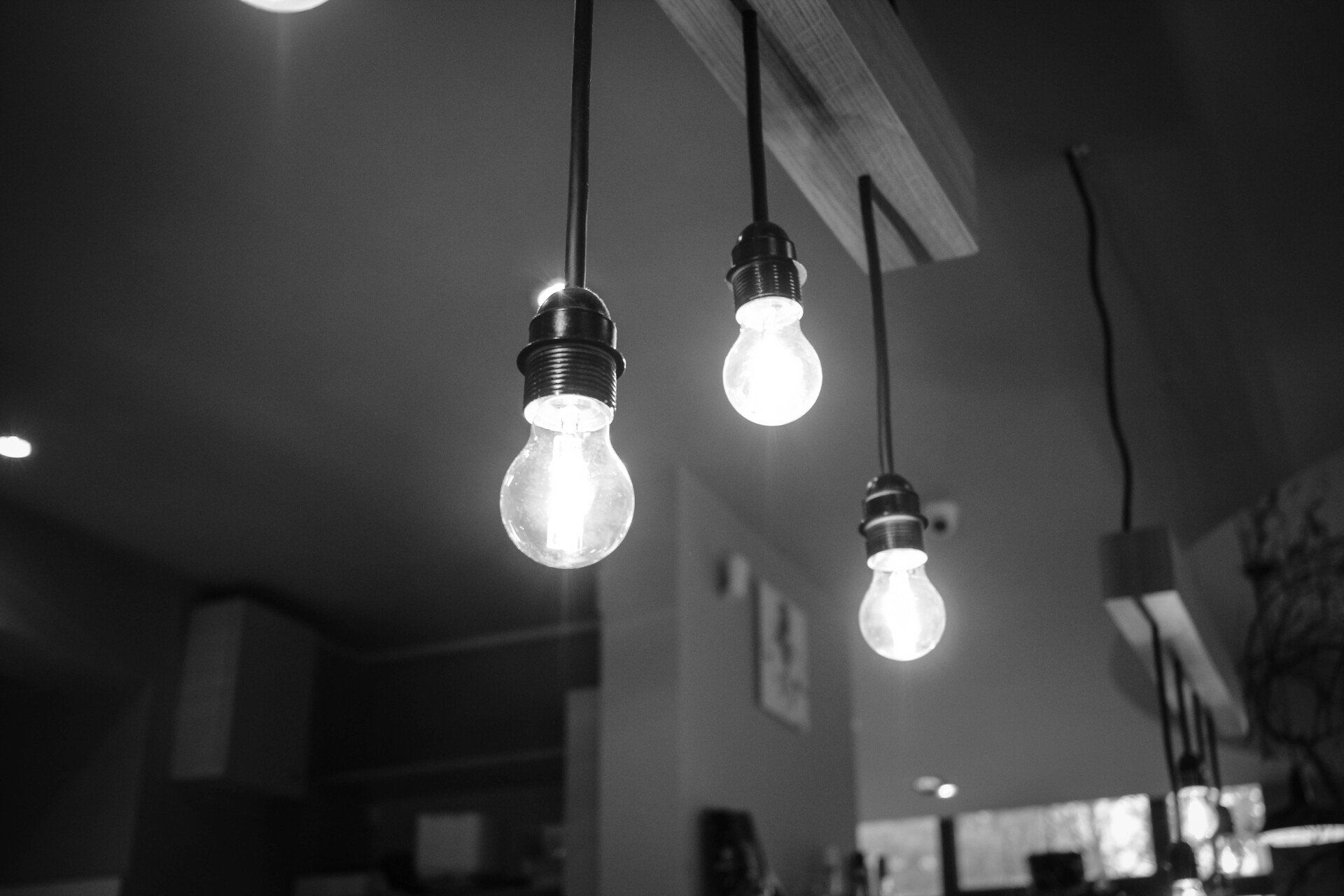Get in touch
843-7908929
info@uslightingsystems.com
What is the main barrier to adopting LED lighting?.....Education.
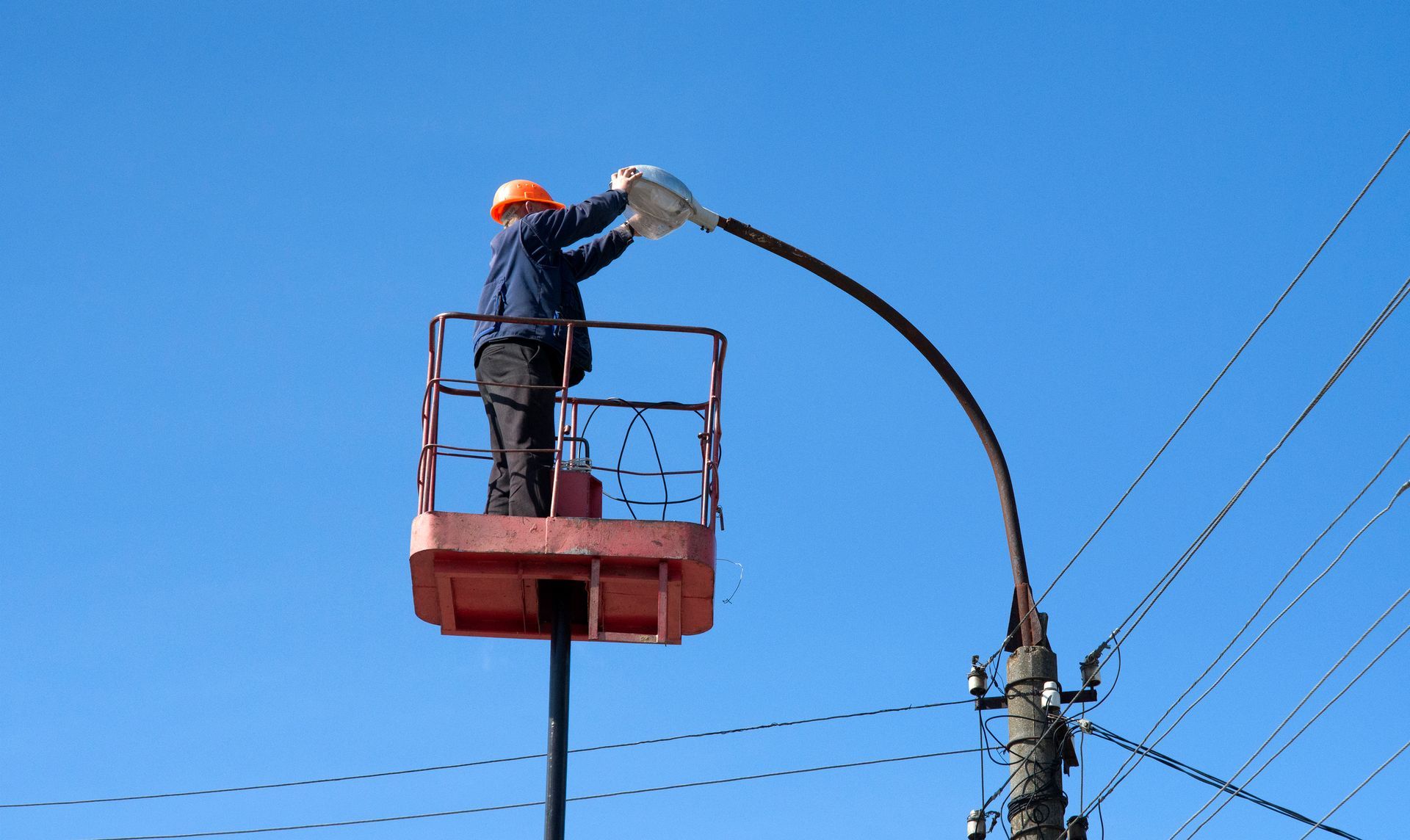
Streetlights are often overlooked when discussing efforts towards tackling global warming and promoting green energy, but they are actually significant energy consumers. However, cities like Los Angeles and Pittsburgh are taking notice and making the switch to light emitting diodes (LEDs) for their streetlights. LEDs are becoming a popular alternative to traditional lighting due to their energy efficiency, long lifespan, and environmental friendliness. Unlike traditional streetlights, LEDs do not contain toxic chemicals like mercury and can last up to 100,000 hours. The LED market is projected to be worth $1 billion by 2013.
LEDs are not only used for streetlights, but they are also being adopted in homes, offices, and even iconic locations like Buckingham Palace and Times Square. LED streetlights have many advantages, such as their energy efficiency and reduced maintenance costs. They use only 15 percent of the energy of an incandescent bulb while producing more light per watt. Converting all American light fixtures to LEDs could halve the energy used for lighting in the country. Additionally, LED streetlights can be integrated with solar panels to become self-sufficient and even contribute excess energy back to the grid.
LED streetlights offer several other benefits. They do not require warm-up time, do not produce ultraviolet light that attracts bugs, and can be dimmed or used to create various lighting effects. However, there are some downsides to LED streetlights. They only emit directional light, which means they are generally used in streetlights facing downward or hanging.
While there are many benefits to LED streetlights, there are some downsides too. They only provide directional light, so they can't produce a spherical "glow" emanating in all directions, like most lights. Because of this feature, they are generally used in streetlights that are hanging or facing downward, rather than in lamp-type lights. Still, they are considered well-suited to outdoor applications and some people have appreciated the directional light, as it doesn't cause streetlights to shine into homes or create light pollution by shining light into the sky where it's not needed.
The initial cost of LED lighting is high, and consequently, it can take several years for the cost difference to be made up through cheaper energy bills. An LED streetlight costs around $1,000, while standard lights cost $250 each. Similarly, a 60-watt fluorescent bulb for a home lamp can be purchased for $1, with a similar compact fluorescent bulb costing around $2. But an LED bulb, produced by Phillips and designed for home use, costs $107. The high cost derives in part from the material used: LEDs are often made on sapphire or other expensive substances.
Some users have been disappointed in the brightness of LEDs. But new technological developments have LEDs closer to producing classic bright white light. Eventually, LEDs are expected to be able to produce all colors of the spectrum, but for now, they are generally limited to red, yellow, green (hence their use in traffic lights), blue and a white that bears a slight blue tint.
While cities are trying to think long-term and, in the United States, seeking stimulus money to help fund LED streetlight conversions, the cost may be prohibitive for some municipalities. In light of the recession, some cities are turning off existing streetlights to save on electrical bills. Others are looking into adding motion sensors that activate streetlights only when pedestrians are detected.
Finally, some experts think that though many cities are interested in LED streetlights, the greatest barrier to widespread adoption of the technology may simply be education. Many people are unaware of the many uses of solid-state lighting, as LEDs are classified, and that high initial costs can lead to long-term savings. But with companies like Phillips investing millions in research and development and clamoring for valuable municipal contracts, LED streetlights certainly have a bright future.
While LED streetlights are gaining popularity, the high cost and lack of widespread education about the technology remain barriers to adoption. However, with companies like Phillips investing in research and development, LED streetlights are expected to have a bright future.

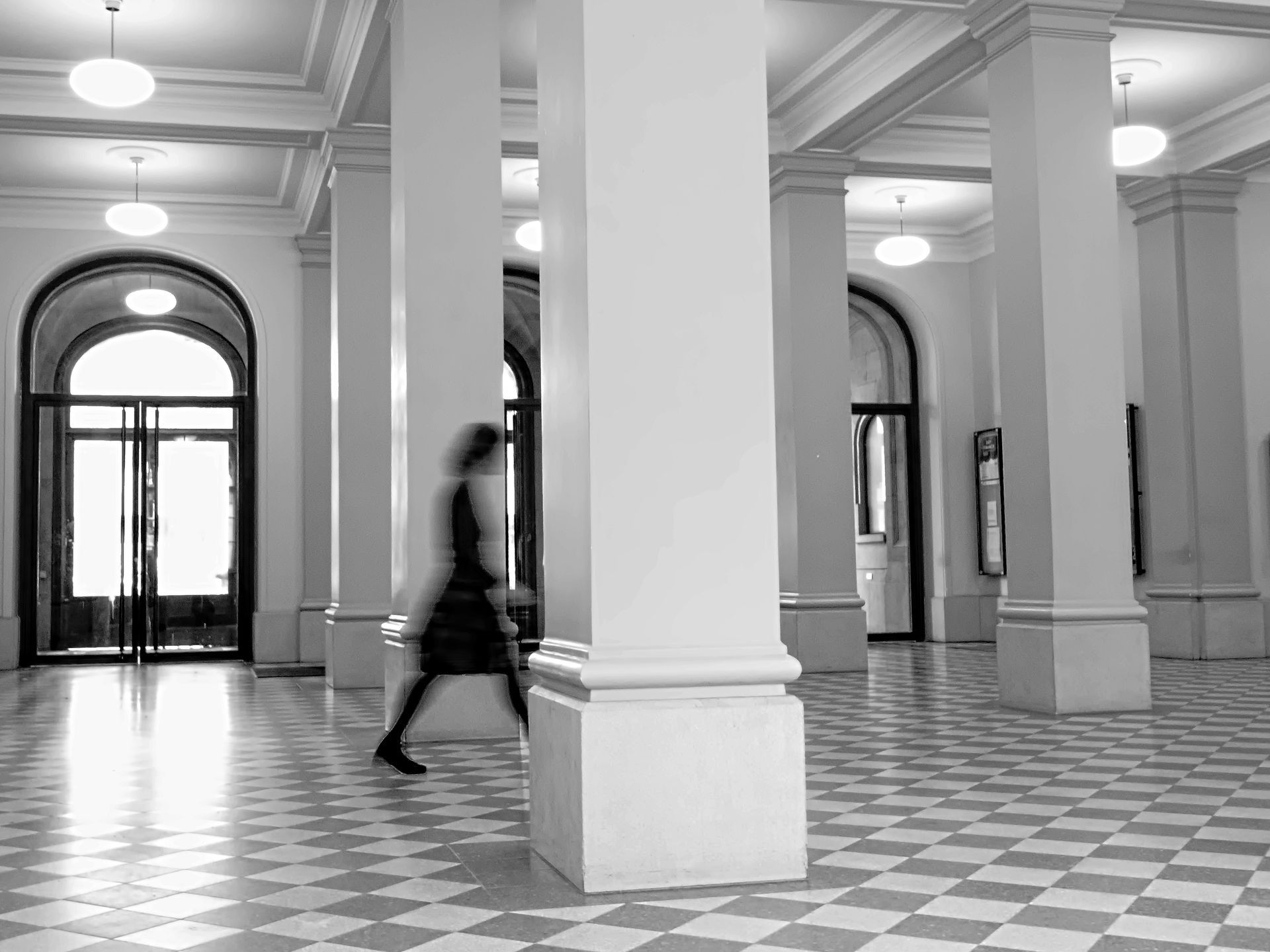




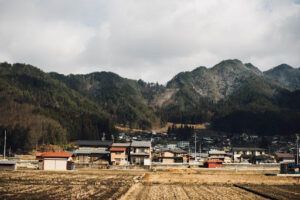
Email us
info@uslightingsystems.com
Subscribe to our email journal
Contact Us
We will get back to you as soon as possible.
Please try again later.

